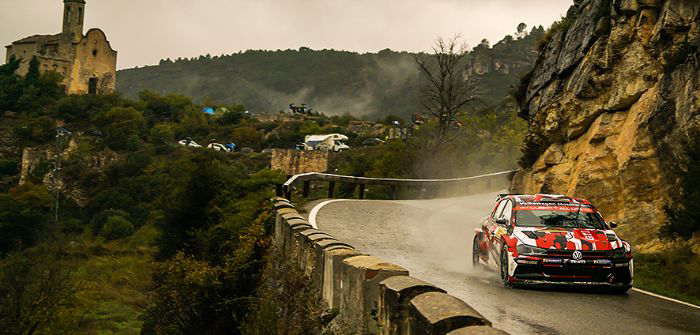The Fédération Internationale de l’Automobile (FIA) and Siemens have launched a project to improve the safety of spectators and drivers at Rally events.
Last year more than four million spectators attended Rally events, which take place on stages that can stretch across more than 25km (16 miles). This can make it difficult for race organizers to monitor an entire stage, which are often on relatively narrow dirt and gravel roads that cut through diverse terrain.
The project will explore how technologies from Siemens Intelligent Traffic Systems and Siemens PLM Software can be used to improve the detection of spectators in dangerous locations. This will make it easier for race organizers and drivers to take preventative and/or immediate action to avoid accidents.
Jean Todt, president of the FIA, said, “This agreement between Siemens and the FIA involves R&D at the highest level of motorsport and will enable us to make racing safer and also influence the development of transportation in smart cities.”
Edward Bernardon, vice president of strategic automotive initiatives at Siemens PLM Software, said, “In the age of increasingly automated vehicles, racing will be an essential testbed for the automotive industry, which needs the widest array of data and the most challenging environments to continue to build and train advanced autonomous, connected and electric automotive technologies.”
Marcus Welz, president of Siemens Intelligent Traffic Systems in the USA, said, “We look forward to working with the FIA to determine how automated and connected vehicle technologies can be leveraged to make race Rally drivers and spectators safer and applying what we learn to improve intelligent infrastructure and pedestrians’ safety in urban mobility environments.”
The solution will use a 2D and 3D simulation featuring vehicle and trackside arrayed sensor-based systems deployed on Rally stages. These systems will use the data from vehicle sensors to create a safety boundary around the human-driven vehicles and use intelligent infrastructure technology to create a network at Rally events, connecting drivers, spotters, race organizers and spectators.



